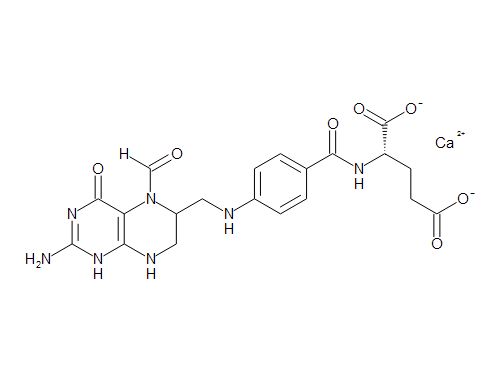Autism Spectrum Disorder (ASD) is a neurodevelopmental disorder that affects communication, social interaction, and behavior. Children with ASD often have sensory processing issues, which can lead to difficulties with daily activities and social interactions. Sensory Integration Therapy (SIT) is a treatment approach that aims to improve sensory processing in individuals with ASD. In this blog, we will discuss the benefits of sensory integration therapy for children with autism.

One of the main benefits of SIT is improved sensory processing. Children with ASD often have difficulties with sensory processing, which can lead to challenges in daily activities such as dressing, eating, and playing. SIT can help children with ASD to improve their ability to process sensory information and respond appropriately to different sensory stimuli.
Another benefit of SIT is improved motor coordination. Children with ASD often have difficulties with motor coordination, which can affect their ability to participate in physical activities and sports. SIT can help children with ASD to develop better motor coordination and balance, which can improve their ability to participate in physical activities and sports.
SIT can also help children with ASD to improve their social skills. Children with ASD often have difficulties with social interaction and communication. SIT can help children with ASD to develop better social skills by providing opportunities for social interaction and communication during sensory activities. SIT can also help children with ASD to develop better self-regulation skills, which can improve their ability to cope with different sensory stimuli and regulate their emotions.
Another benefit of SIT is improved attention and focus. Children with ASD often have difficulties with attention and focus, which can affect their ability to learn and participate in classroom activities. SIT can help children with ASD to improve their attention and focus by providing sensory experiences that require focused attention and concentration.
Sensory Integration Therapy is a beneficial treatment approach for children with Autism Spectrum Disorder. It can help children with ASD to improve their sensory processing, motor coordination, social skills, self-regulation skills, and attention and focus. SIT should be provided by qualified therapists who are trained in the theory and practice of sensory integration therapy. SIT should be tailored to the individual needs of each child with ASD and should be provided in a safe and supportive environment. By providing effective sensory integration therapy, we can help children with ASD to reach their full potential and lead fulfilling lives.





